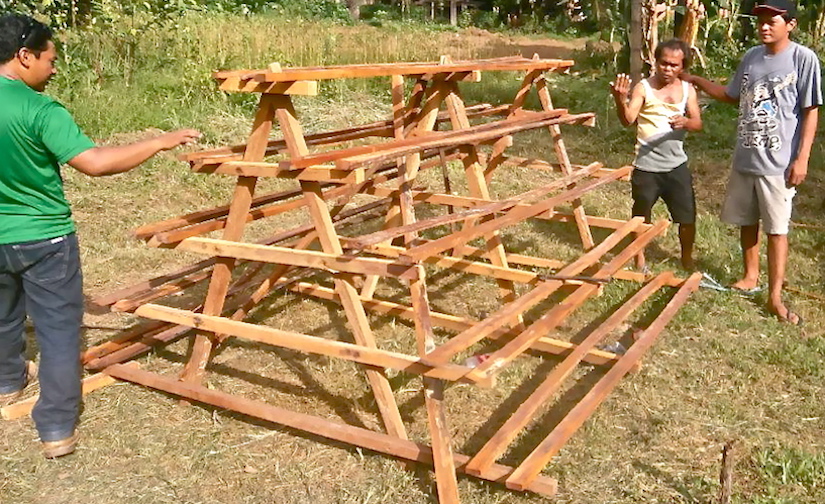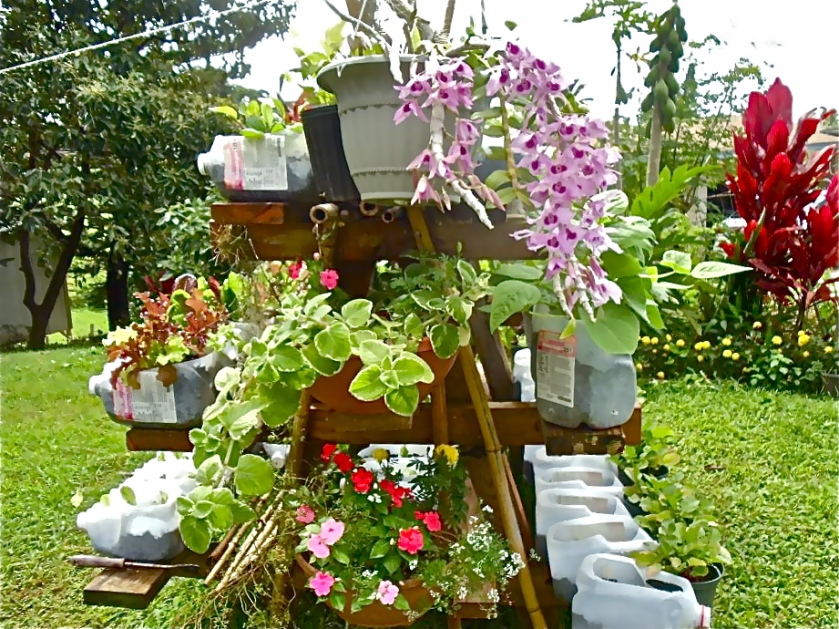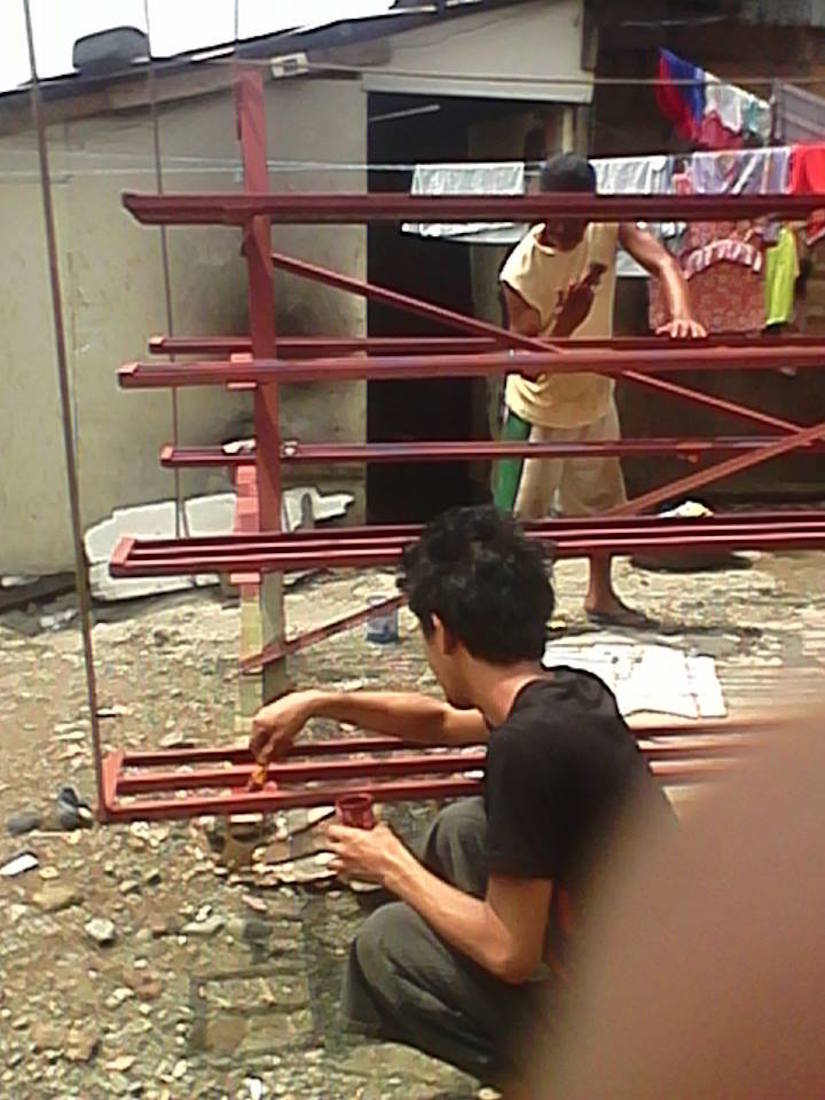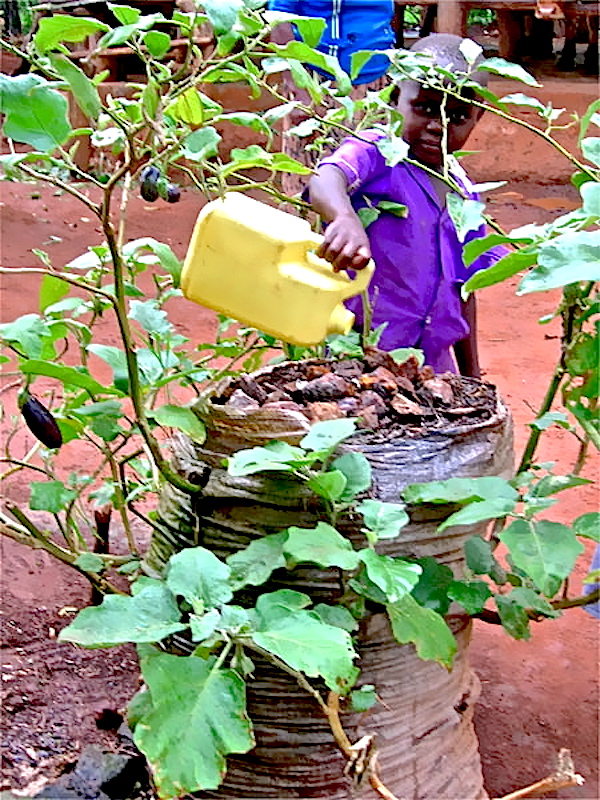Widely-adopted CGIAR innovations
SIAC mid-term workshops are an attempt to stock take funded studies, and through discussions provide feedback on analysis approach and preliminary results. The 30th July workshop focuses on the seven (7) studies funded under SIAC 3.1 – these are a rather diverse set of studies, some quite macro in nature, that assess the adoption and impact of a number of technologies that have apparently spread widely. Description of these studies (including the CGIAR innovation under study), early results and snapshot of discussions follow.
C88, for instance, which is a late blight resistant variety has been claimed by CIP as one of its most successful varieties. Considering the extension efforts in China to promote potatoes – the study focuses on Yunnan province which accounts for 10% of the Chinese potato production – and, expert estimate that 33% of potato varieties in China can be traced to CIP germplasm, this study carefully examines the adoption (including through DNA fingerprinting), the determinants of adoption, and consumer/producer surplus through household and community surveys. Data from another SIAC activity suggests that C88 is an important crop in the (main) early spring season (around 16% of all cultivated varieties, 400K ha), and a significant winter crop variety (around 50%, 60K ha). So, what is the story of C88 as revealed by this study (so far)?
The focus of DNA fingerprinting (leaf or tuber samples, SSR marker) was not to identify the range of potato varieties – it was to confirm that the potatoes grown by households that self-identified the variety as C88 was indeed C88. 137 of the 141 fresh samples were confirmed to be C88 suggesting that C88 self-identification by farmers is not an issue. What we don’t know yet is the varietal identity of potatoes in households that do not self-report C88 – are they growing C88 and are we underestimating C88 diffusion in Yunnan? What are the varieties that C88 has not replaced or have that replaced C88 following dis-adoption? There are also questions about the dynamics of adoption over time: for instance, farmers recycle seeds and seed degradation could be an issue. While preliminary analysis suggests that current disease pressure and adoption is related, farmers who value blight resistance are less likely to continue growing C88 over time – plausibly suggesting that farmers are constantly looking for resistant varieties and dis-adopt C88 over time as seed degeneration occurs. Seed degeneration might also account for up to 25% of yield loss. Location is also found to be critical for adoption: farmers close to urban areas are likely to have grown C88 at some point in the past, but much less likely to grow it now. There are also some interesting issues raised by value chain providers – chip manufacturers prefer C88 because of its quality, but are forced to source other varieties from other provinces because high quality C88 potatoes are not available.
Read the full article: CGIAR
































